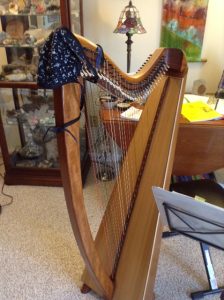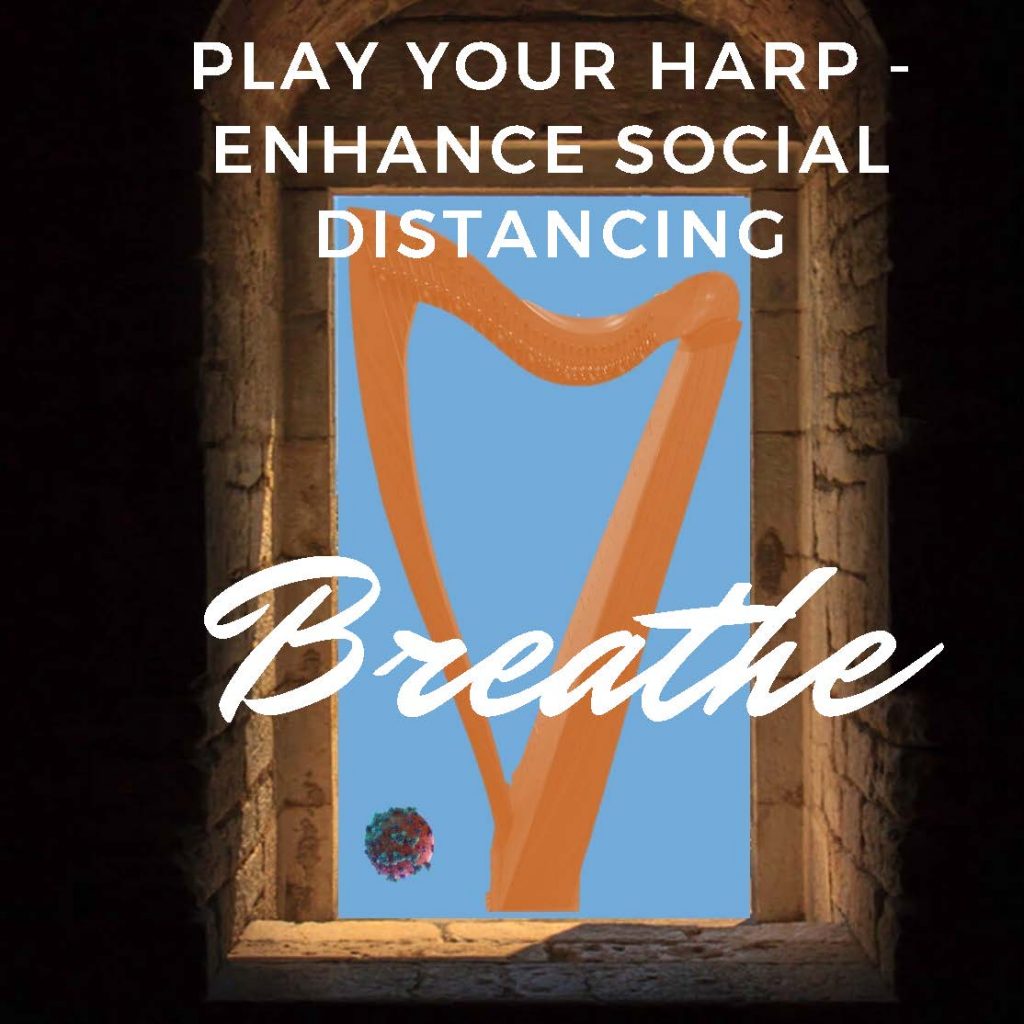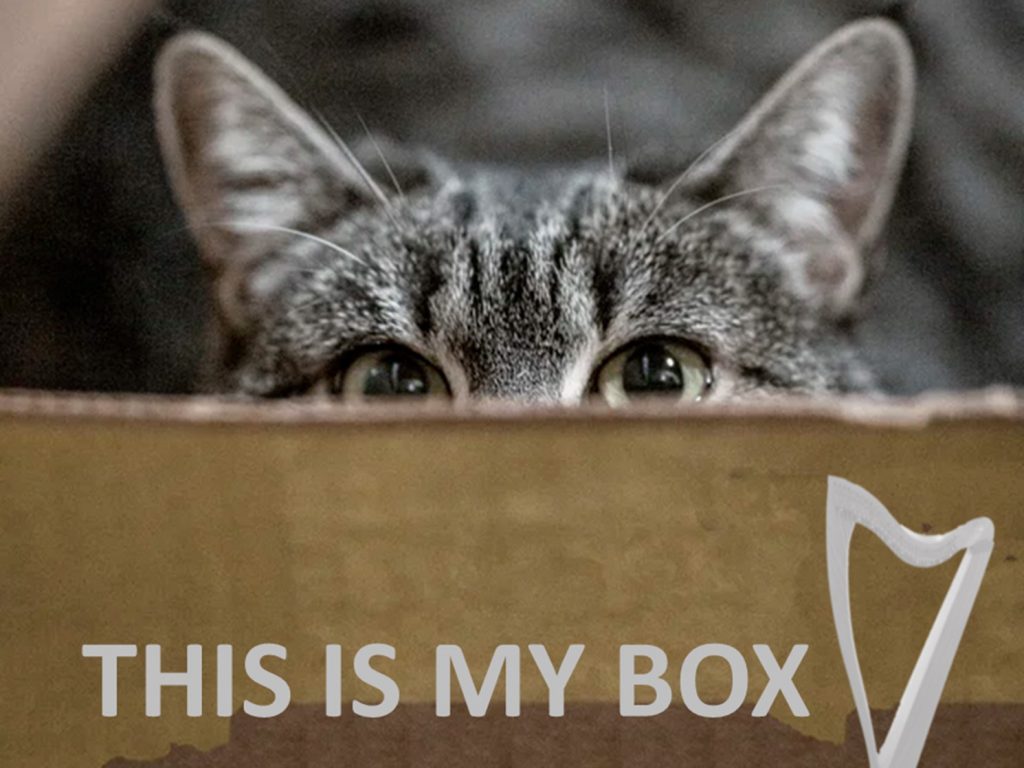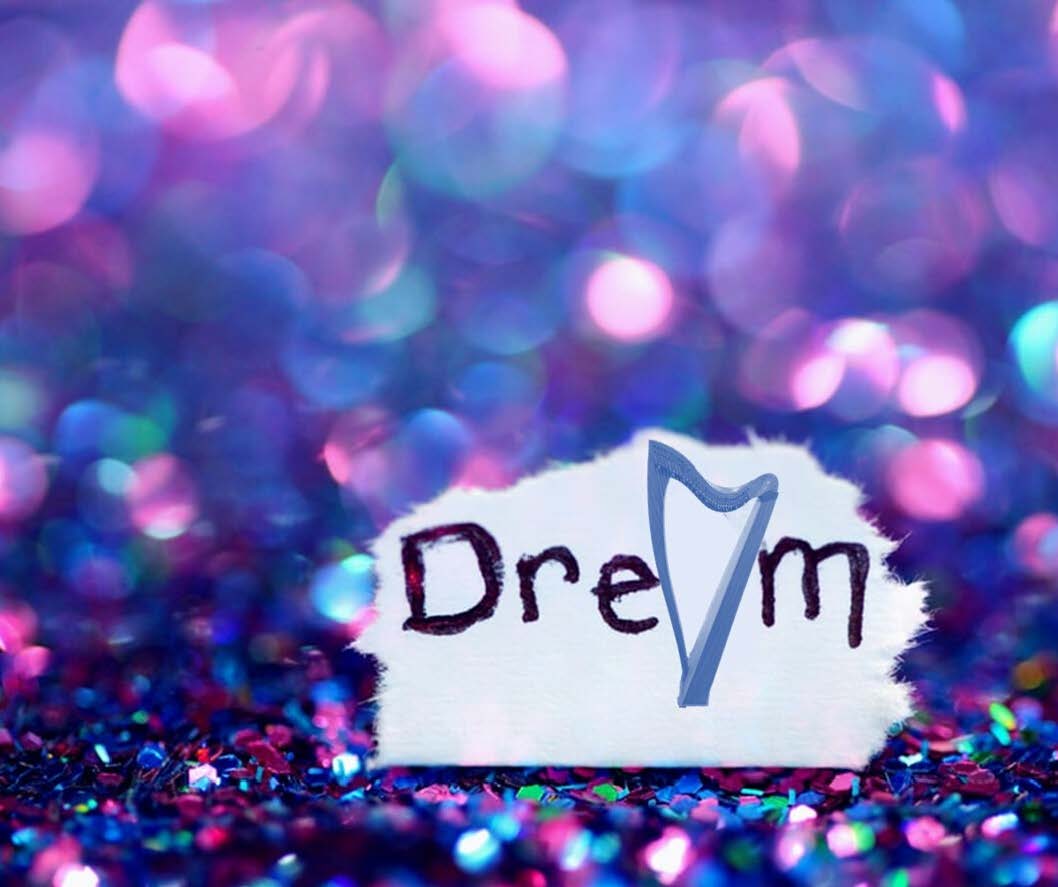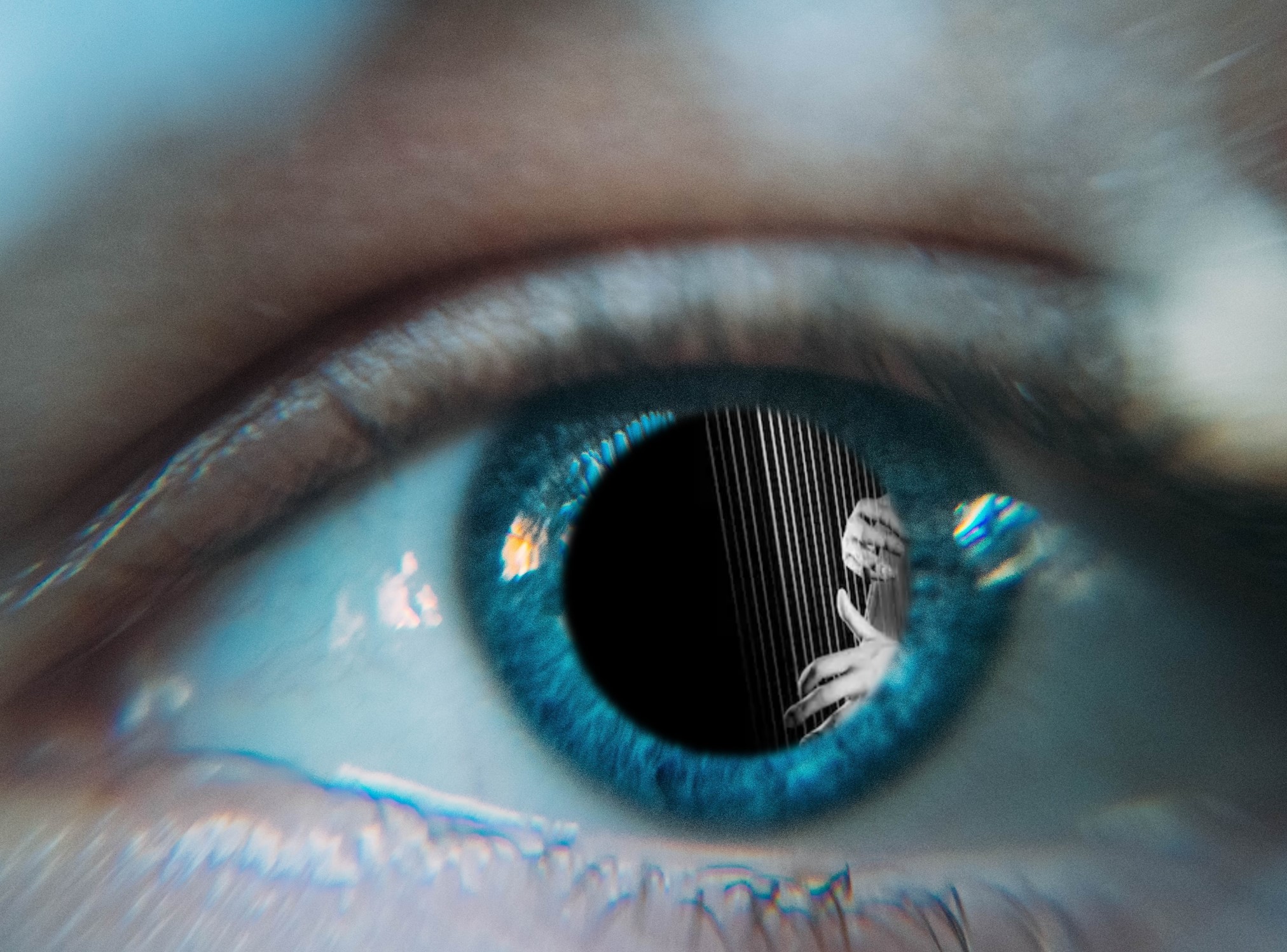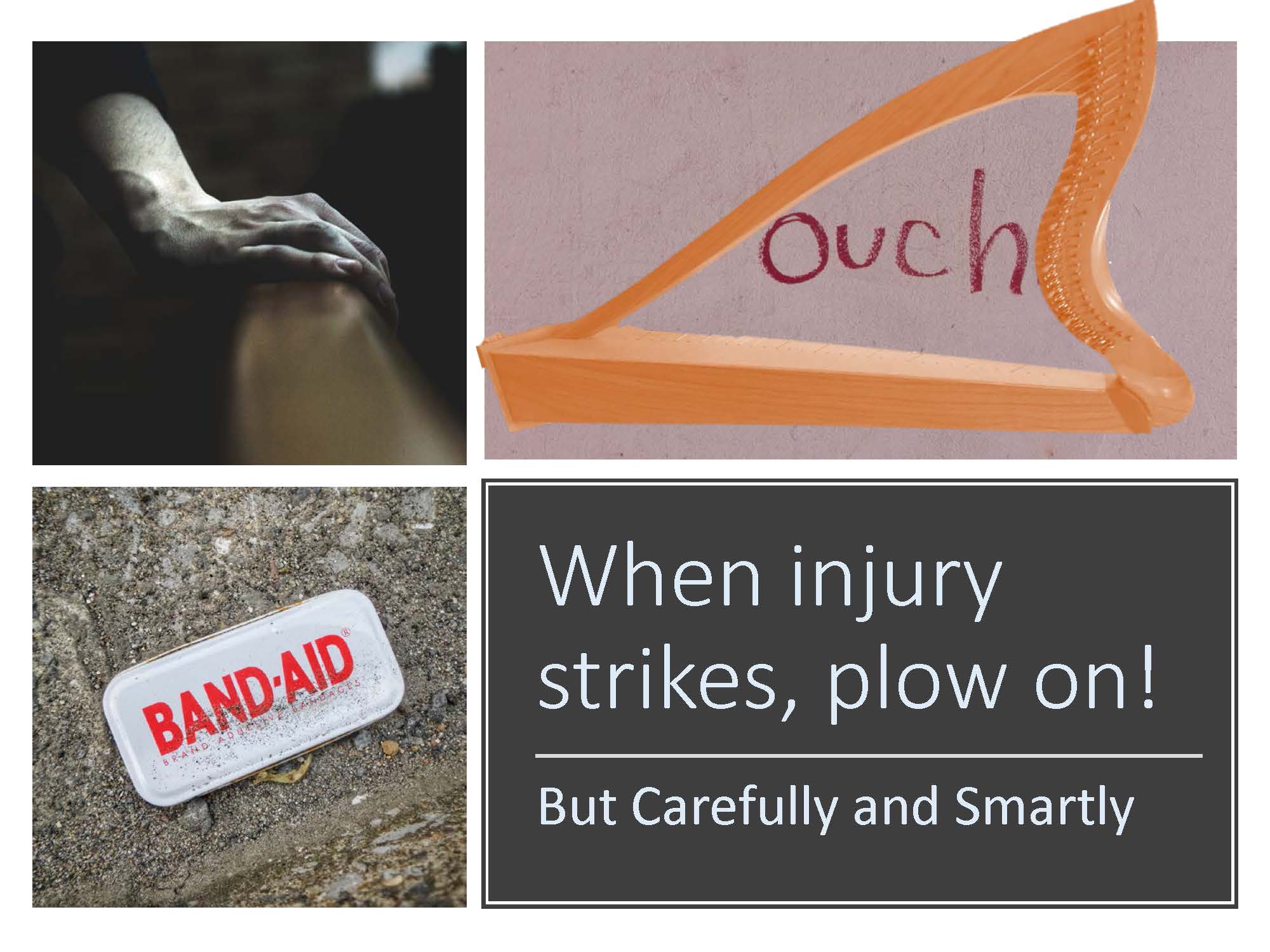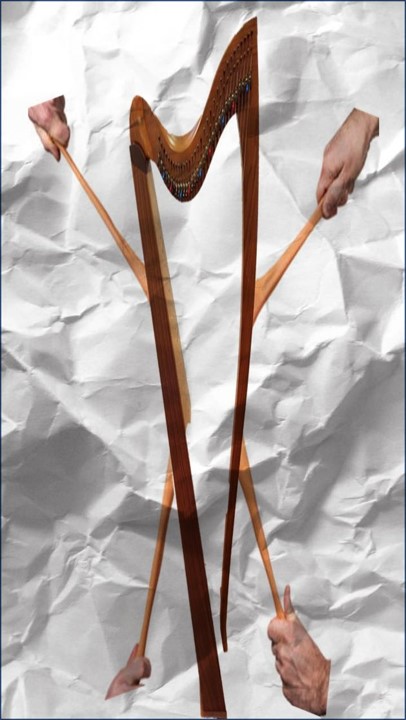The silent siege rages on. We the fortunate work from home, stay inside, and “do our part” (whatever that means). Sadly, people are becoming more isolated, even while feverishly posting to social media – lighting a match to hold back the darkness.
But this week can be just a little bit different. This week we honor the fine arts by celebrating World Art Day on 15 April.
Which is ever so much better than Tax Day (if you just had a moment of panic, relax, they moved the deadline to 15 July – you may resume your regularly scheduled delaying).
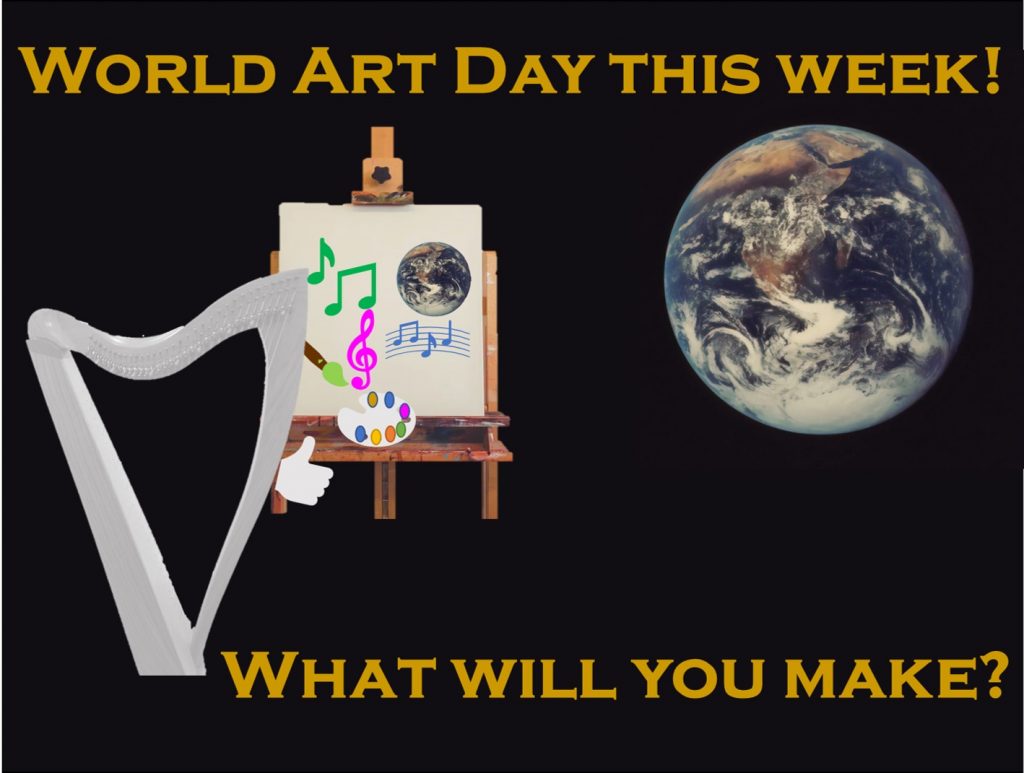 The International Association of Art (www.iaa-usa.org) declared 15 April as World Art Day (I cannot make this stuff up) to promote awareness of creative activity world wide. They chose this day because it is also Leonardo da Vinci’s birthday. And if ever there was a walking personification of the fine arts, ‘twas he.
The International Association of Art (www.iaa-usa.org) declared 15 April as World Art Day (I cannot make this stuff up) to promote awareness of creative activity world wide. They chose this day because it is also Leonardo da Vinci’s birthday. And if ever there was a walking personification of the fine arts, ‘twas he.
In case you’re wondering what this has to do with us as musicians – in a word, everything! Many think the fine arts only includes painting, drawing, and sculpture, but it is much broader. And you guessed it, includes music! (and other things like literature, architecture, dance and more)
In the US there’s a big celebration in Los Angeles with loads of events planned. Well, there was to be a big celebration in museums all over the area. But as you might have guessed, that will not be the case this year. With museums and other public spaces closed, these events will certainly take a different from (if they occur at all).
So what are we – we fine artists – to do?
Let’s be creative!
And let’s share our fine art.
Because now more than ever, we need to be making art. We need to be making art to care for ourselves. And perhaps even more, non-artists really need to be experiencing art! So we need to be making art to care for others.
So, let’s share our arts. Not to put too fine a point on it – our art is fine. There are many things you could do. Here are a cursory few:
- Put on a driveway/balcony/porch concert for your neighbors and other passersby (and if you really only perform for the cat and the curtains – go onto your back porch – the neighbors will benefit and you will too!)
- Make a YouTube/Facebook/Instagram sharing event
- Write some music that shares all the feelings you are experiencing while being at home, waiting – or reflect your musical thoughts on the difficulty someone else may have shared with you
- Curate a playlist of music that reflects your mood
- Create a set list (maybe for your driveway concert) that celebrates our resilience and what we’re going to do when this is past us
- Take some online workshops
- Make all kinds of fine art and put it in your windows to share with your neighbors – paint, draw, write, act, play
How will you celebrate World Art Day? Let me know and share photos! And remember, if you want – every day can be World Art Day!
Kate sent me this photo of her Covid-19 protected harp! Kate’s a nurse and knows the importance of keeping healthy – 